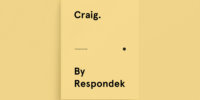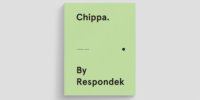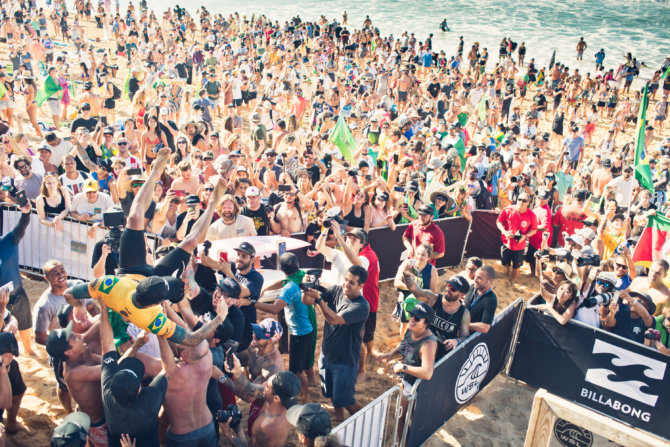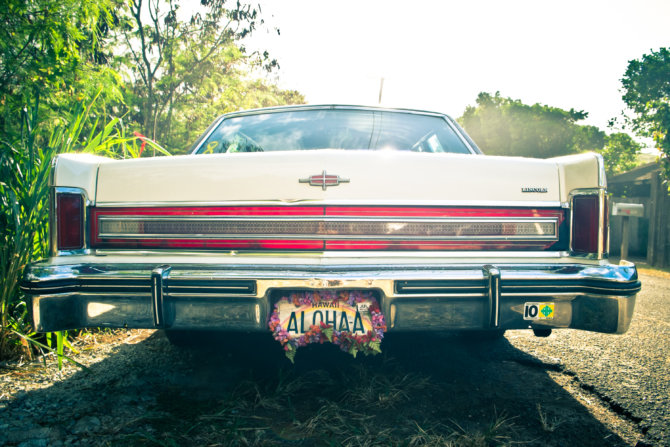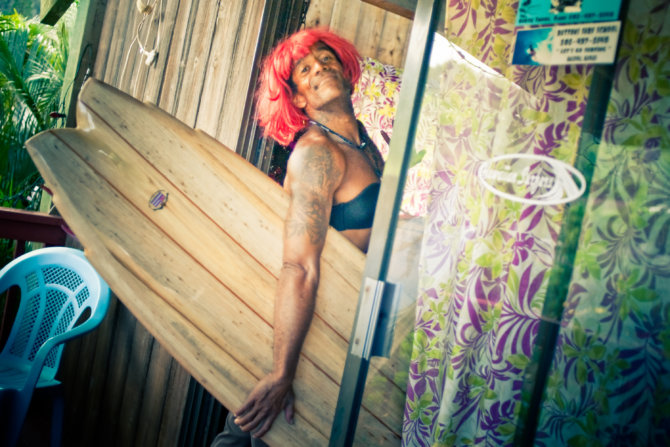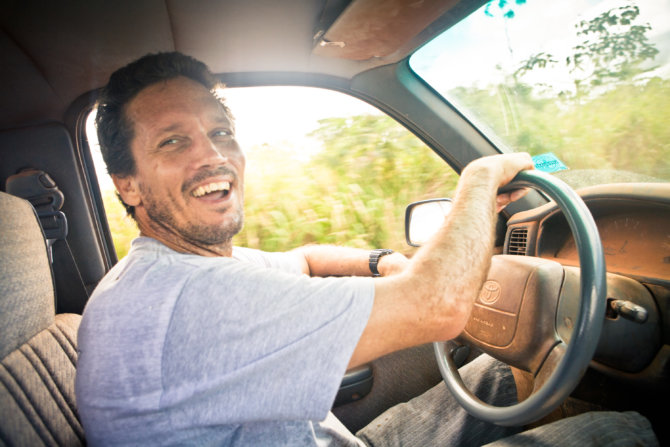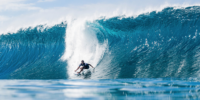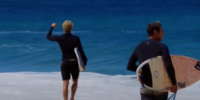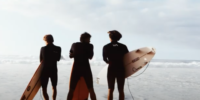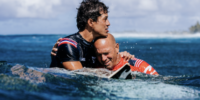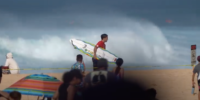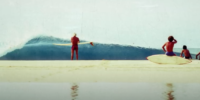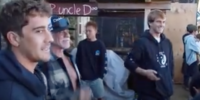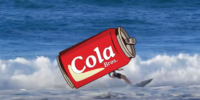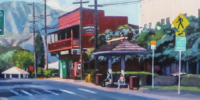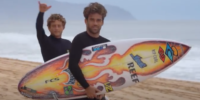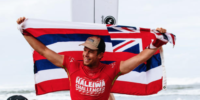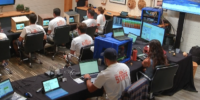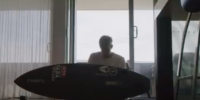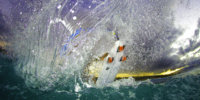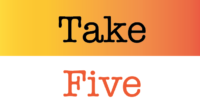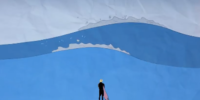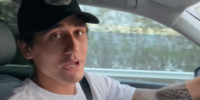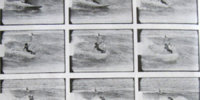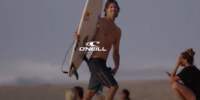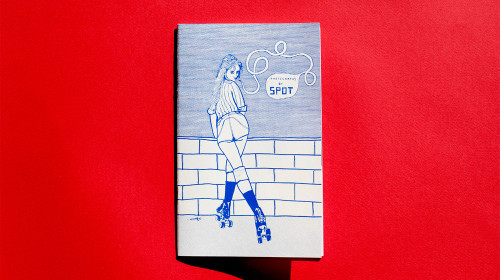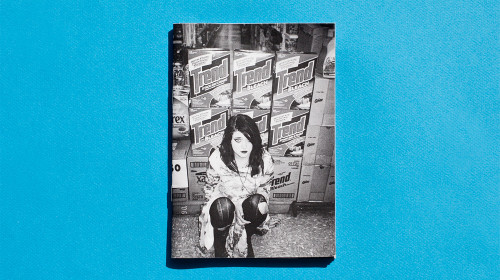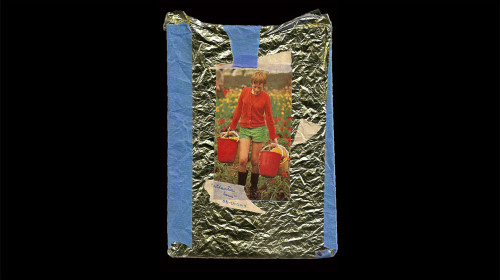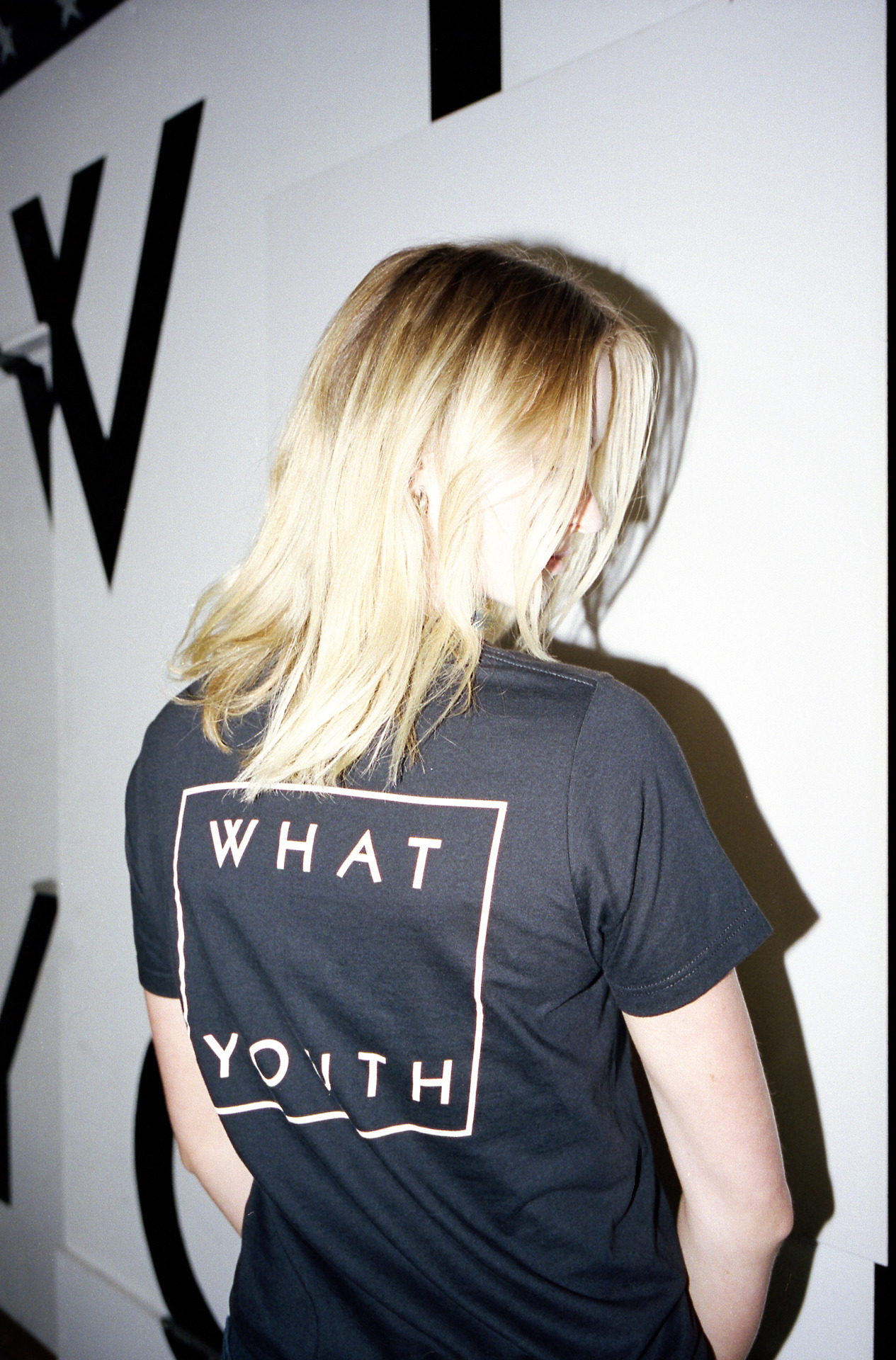A few years back photographer Justin Jay touched down in Honolulu intent on capturing the eclectic North Shore surf scene. Not your typical surf photog, Justin had been based in New York and was earning a nice living shooting the likes of Jay Z, Sean Combs, Outkast, and The Foo Fighters, while also working for brands like Nike, Ray Ban, Nixon, Hurley, Red Bull, and many others.
We caught up with Justin to ask a few questions about his time on the North Shore, his photography, his roots and of course, his new book HI 1K. All images are from the book. – What Youth
What Youth: Where are you from and where do you currently reside?
Justin Jay: I grew up in Carpinteria, CA but I now live in New York City. I basically moved from my parent’s garage to the Lower East Side, and I’ve lived in the same 1 square mile neighborhood for about 25 years now. I also have a bungalow in Rockaway that I share with some surf friends. I’ve had that spot for about 15 years. Rockaway used to be my alternative scene to my life in Manhattan, but now it’s really my second home and where a lot of my close friends live full time.

WY: When did you first go to Hawaii?
JJ: I grew up going to Hawaii as a kid, but I’d only ever gone there for family trips or to do fashion shoots when I was a photo assistant. I’d been captivated by pictures of Pipeline since I was very young. I wanted to experience that aspect of Hawaii and capture the stories and characters and flavor that I’d always imagined it to be like. I wanted to chronicle everything from the treacherous surf to the fistfights and localism to the absolutely unique lighting that Pipeline gets in the late afternoon. It seemed like such a rich environment that I felt I could document from a fresh perspective being a relative outsider. The ocean was always an important part of my life growing up. When I was a kid, my mom would let me stay home from school on my birthday and do something special for the day. I always chose to go to the beach. I grew up bodyboarding and skimboarding but I didn’t really start actually surfing until I was about 15 but by the time I was 18, I was living in NYC full time. I didn’t really fall back in love with surfing until I got turned onto Rockaway by a friend in my 30’s. It’s kind of funny to think that I used to live 3 minutes from Rincon and I ultimately traded that for 90th St Rockaway. I sometimes wonder how different my life would have turned out if I had gotten hooked on surfing Rincon in my teens – instead I remember feeling so restless and bored and yearning for the excitement of NYC. Now it’s gone full circle – I’m trying to figure out a way to be able to spend more time back in Santa Barbara.
WY: Any push back from established surf photogs?
JJ: The photography scene is fairly small and intimate on the North Shore and I’ve gotten to be friends with a lot of the guys that I respected. The fact that I came from a different realm of the photography world I think helped me a lot. I had a kind of an X-Factor element – I was this guy from NYC with a background shooting hip-hop now operating in the world of surf. I think that helped keep the jealousy and competition at bay a little because people didn’t quite know what to make of me. But I also always tried to conduct myself with a lot of humility. I completely understand the concept of territory and did my best to not step on any toes. Honestly, if there was something or someone that all the other photographers were crowding around trying to shoot, I usually would just let that picture go – I wanted to discover shots and stories that fell through the cracks. That was my whole point of shooting the project. It was my outsider perspective that allowed me to be intrigued and curious about the details and things that other people might have missed. It’s pretty rad to be able to run into Brian Beielman, Steve Sherman and Tom Servais on the sand and be accepted in that tiny photo fraternity. Thankfully there are a ton of dedicated water and action photographers getting amazing shots of all the guys ripping in the water – that kind of material is ultimately what really helps make my candid images matter. Without the epic water shots, you don’t have the context to appreciate my behind the scenes pics. You have to establish why these surfers are otherworldly and elite before anybody cares about their candid moments.

WY: Did you get much push back from some of the surfers? Was there some mutual friend (s) helping with introductions?
JJ: My first season over here, I knew virtually nobody. I had been given Pat O’Connel’s number by a mutual friend. He definitely helped me with some introductions and opened a few doors, but it takes a lot of time to earn trust on the North Shore. Every year I would show up with a box full of signed prints from the year before to give out as gifts. That bought me a lot of goodwill. I leveraged those relationships and each year I would gain access to a few more of the lawns and houses that line the beach in front of Pipe. That’s essentially the backstage of the North Shore. Surprisingly there are a lot of similarities between my experiences shooting hip-hop artists and my time shooting surfers on the North Shore. The psychology of being able to integrate yourself into an environment, get people to trust you, and then train them to forget about you and act naturally is what I really love focusing on. None of these guys are really looking for a new best friend or to have somebody fan-out and give them compliments. They get enough of that already. I do what I have to do in order to make my presence known – sometimes it is as simple as just looking someone in the eye, giving them a nod, and leaving them alone until something compelling happens. Sometime I’ll simply approach them, introduce myself with confidence, show some humility and bust out some photos to prove I’m legit. But after that, you have to know your role, blend in, and don’t disturb their sphere. I’m here as a free agent with no allegiance or association with any one particular brand. That helps me immensely because I can float from house to house and everyone there knows that I’m going to be non-intrusive, respectful and shoot them in a manner that showcases authentic natural moments.
WY: Did you receive formal photographic instruction or more self-taught?
JJ: I took my first photography class in high school. It’s easy to forget how time-consuming it used to be to make a single image before digital cameras. A picture was precious. I still remember the feeling of being in the darkroom for the first time and putting a piece of paper in the developer. When the image slowly started to appear it was the closest thing to actual magic that I’d ever experienced. Nowadays, a picture is something that can be created with a cavalier push of a finger on your phone. I miss the reverence that pictures used to command. Being able to learn photography without the ease of shooting digitally definitely informed my style of shooting. I came from the mindset that every time you pushed the shutter, I cost you about a dollar. As a result, I’m very economical and deliberate about how I shoot.
WY: Did this project open up some commercial doors?
JJ: When I first came to the North Shore, I really leveraged my celebrity images in an attempt to lend credibly and get people to allow me to shoot them. I didn’t have the access yet in Hawaii to be able to capture the stories that I wanted to tell and to shoot the pictures that I wanted. Introducing myself to a surfer and showing them a picture that I had taken of Jay Z or Jennifer Lopez helped me to stand out from other photographers. The photography industry and the music industry have changed drastically since I started this project. Because of social media and digital photography, there are a lot of commercial photography avenues that aren’t as lucrative or abundant as they once were. Now, it’s this book project and my body of work on the North Shore that is opening doors in NYC and setting me apart from the countless other photographers trying to shoot celebrity portraits or musicians. It’s kind of ironic how things have gone full circle for me. I’m very grateful that I was able to follow my passion to shoot this book, and that it’s being appreciated and received so well.
WY: Awesome. Thanks for your time and please continue with your unique style of work.
Insta: @justinjayphoto
Buy here: https://gumroad.com/l/FnevI
Support: https://www.kickstarter.com/projects/1709156251/hi-1k-10-years-1000-moments-on-hawaiis-north-shore

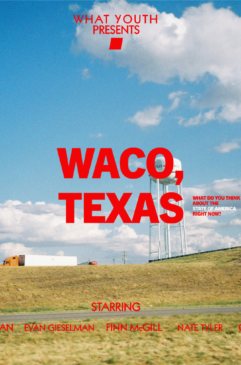
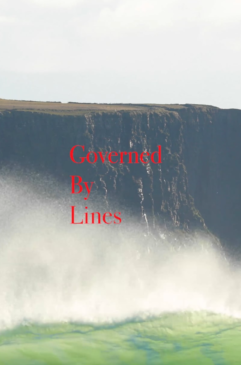
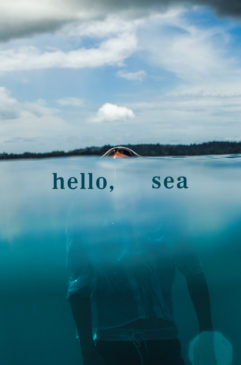
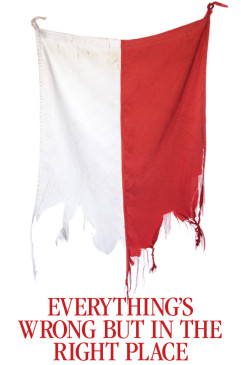
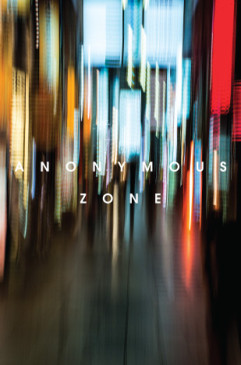
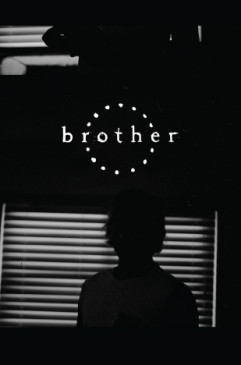
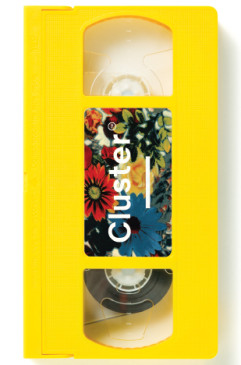
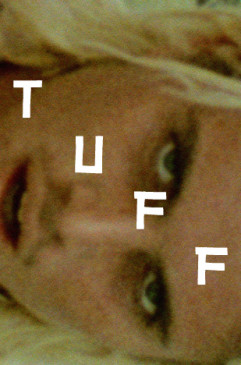
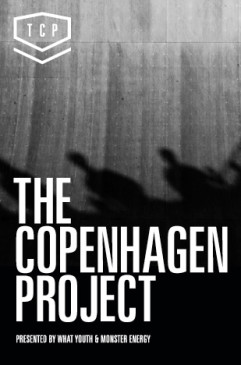
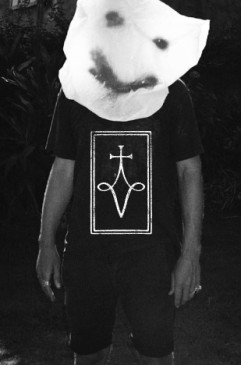
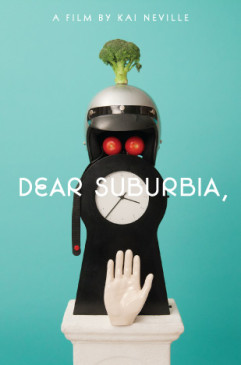
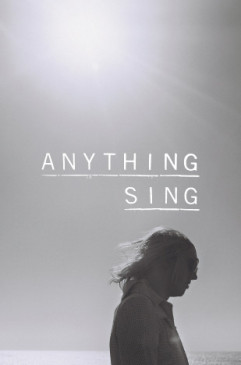


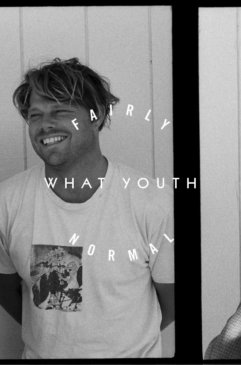
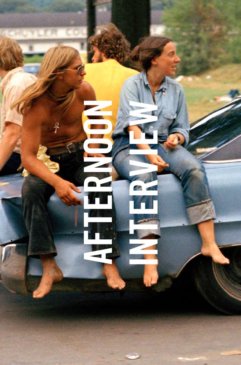
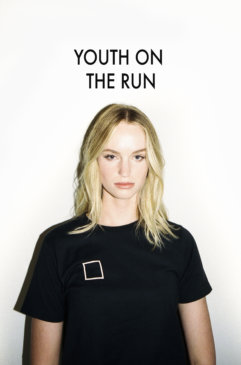
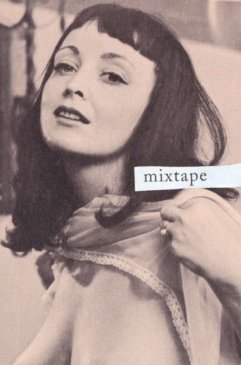
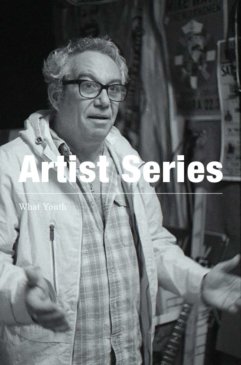
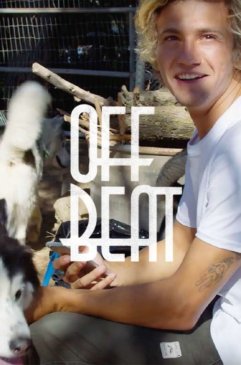
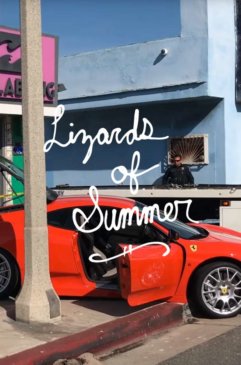
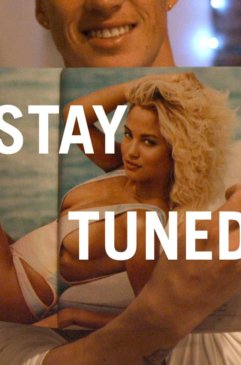
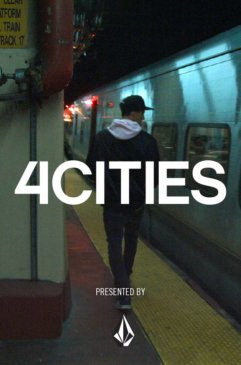
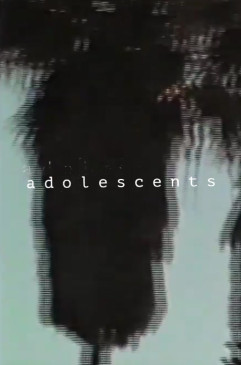
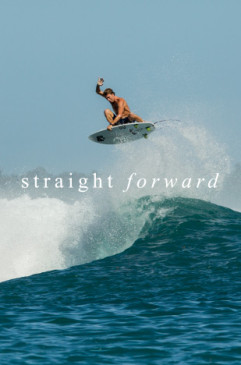
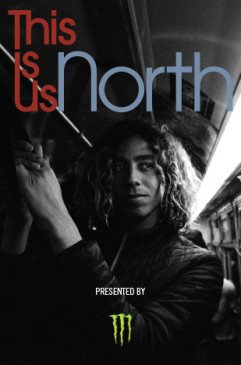
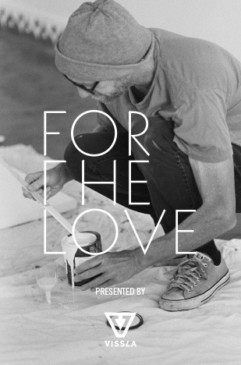
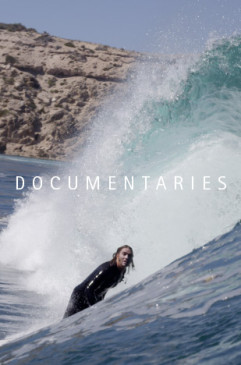
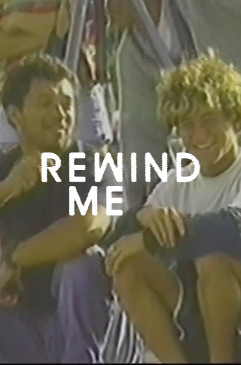
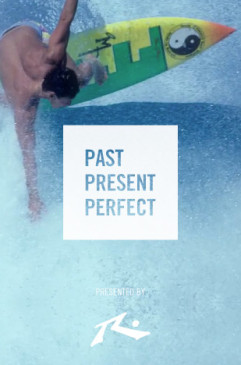

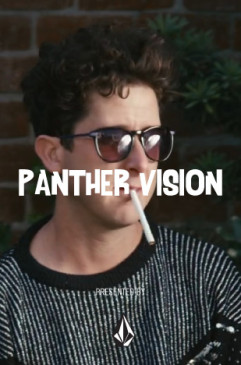
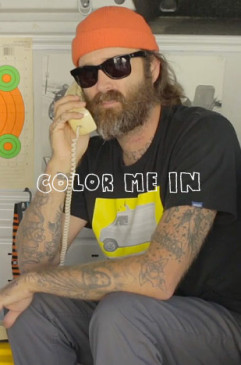
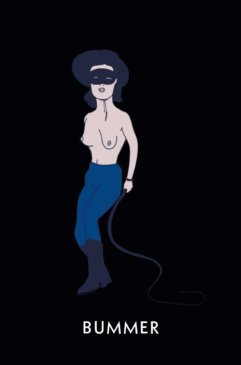
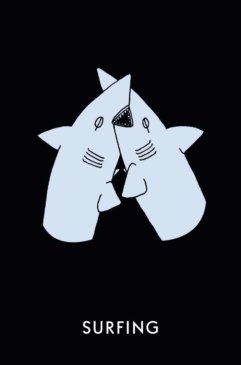
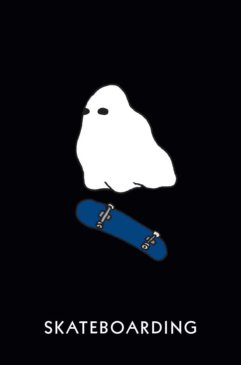
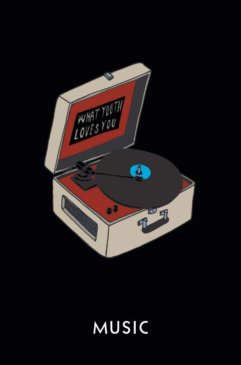
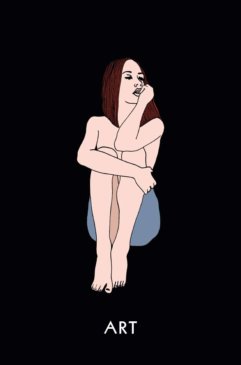
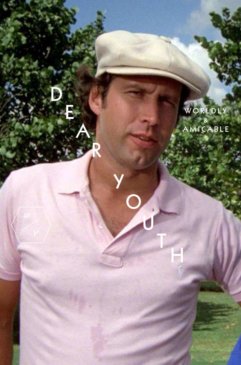
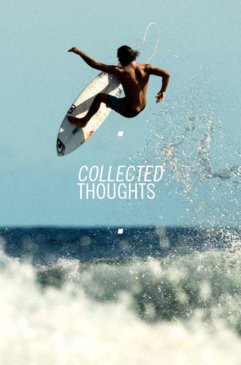


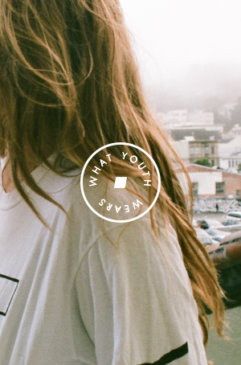

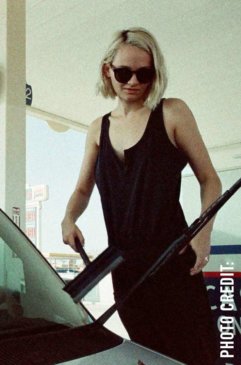


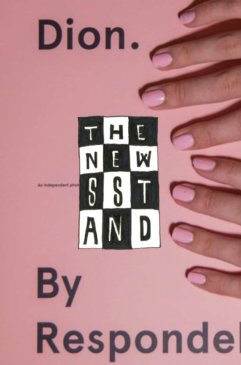
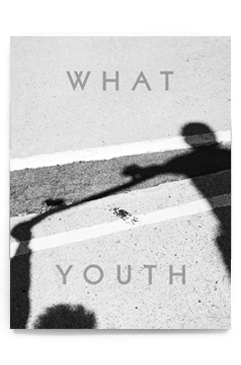
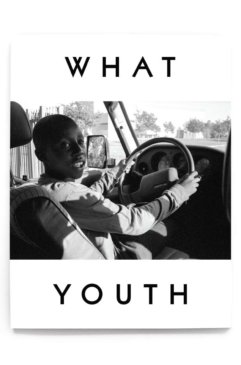
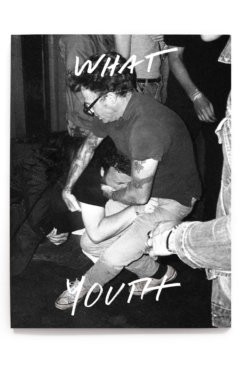
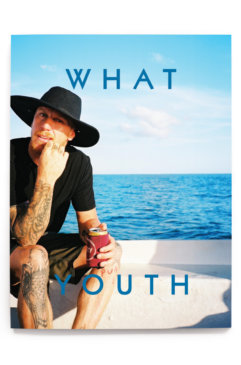
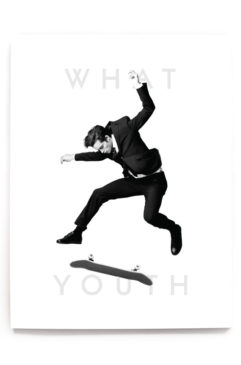
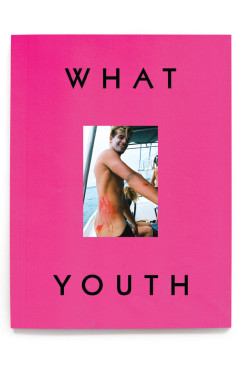
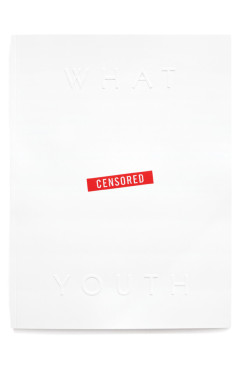
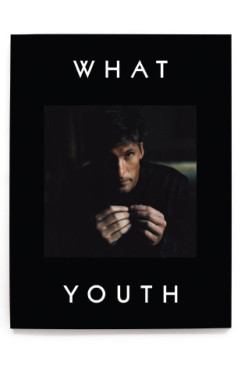
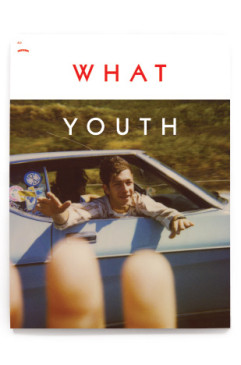
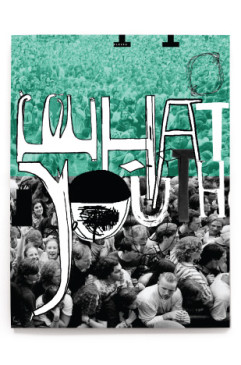
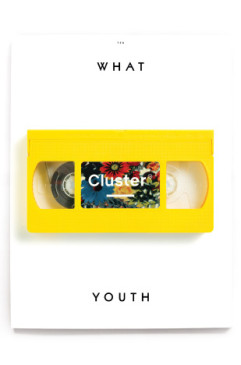
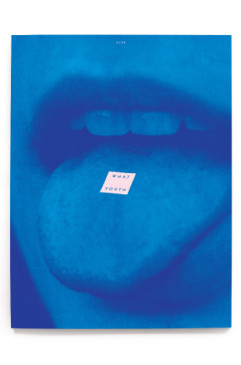
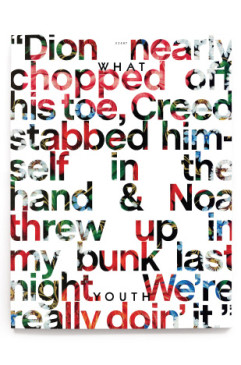
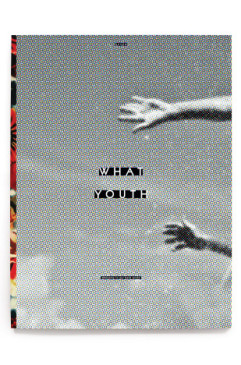
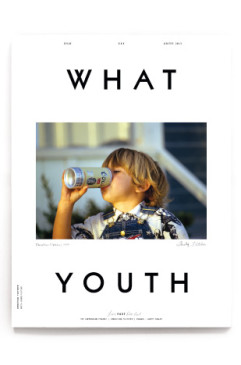
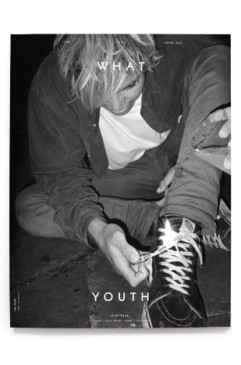
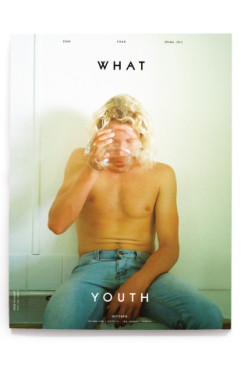
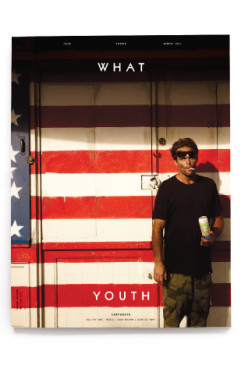
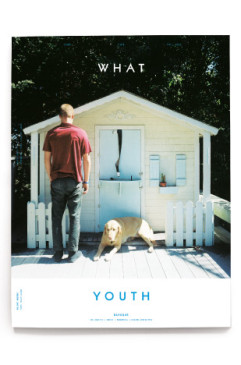
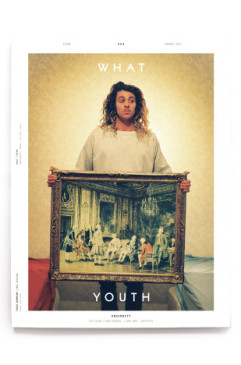
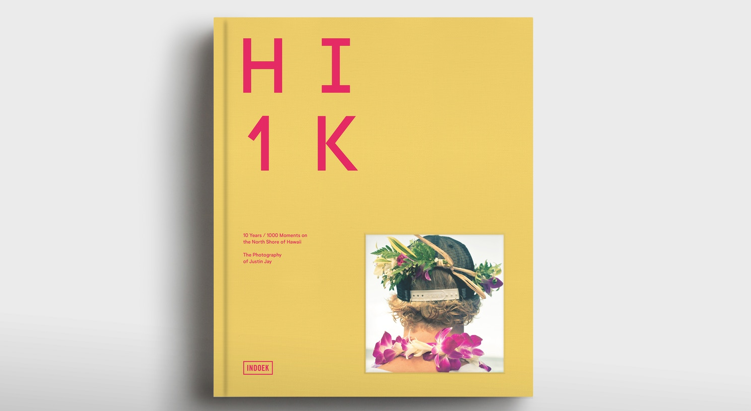
 NXT
NXT 
